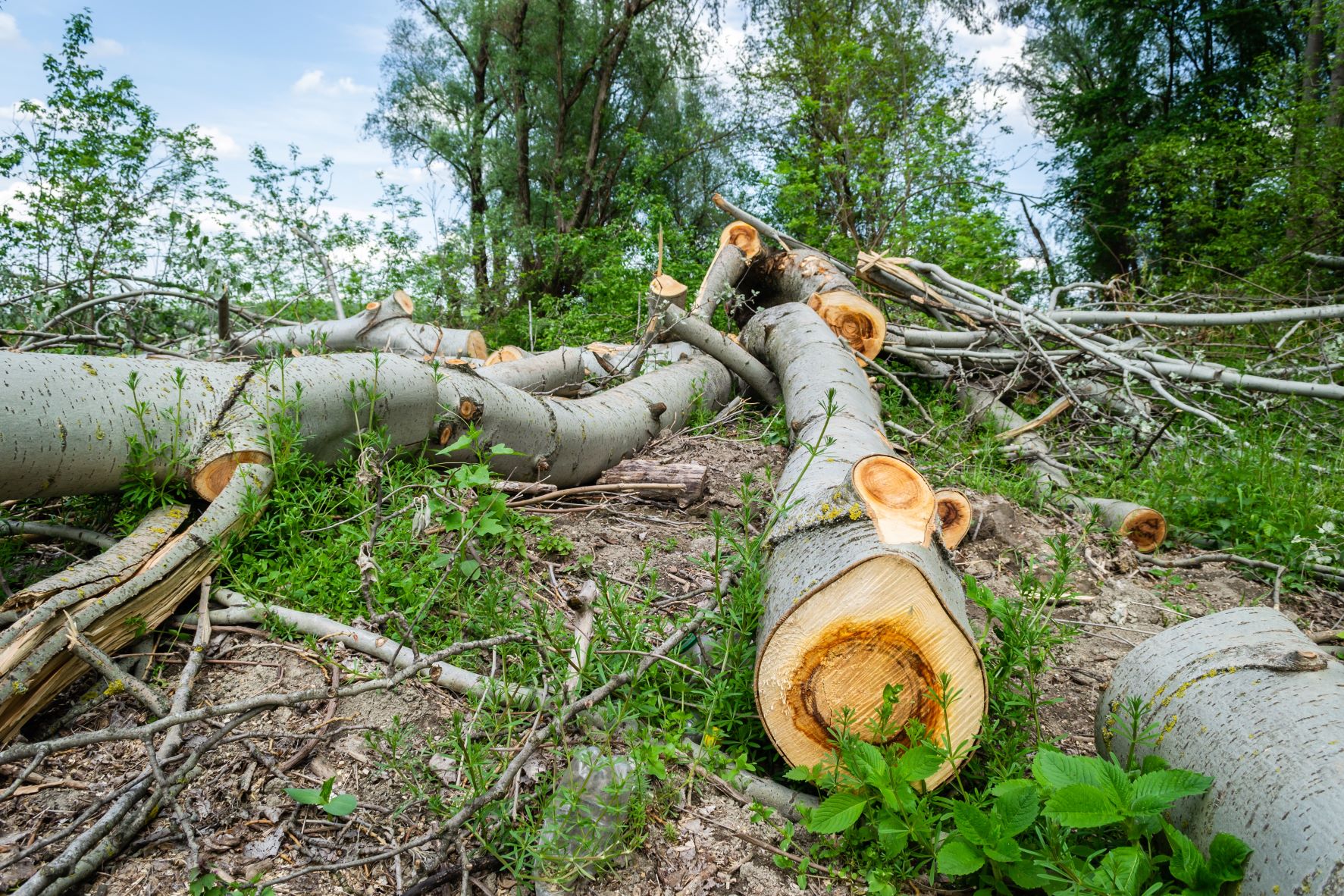Deforestation is considered to be a significant problem in various parts of the planet when it comes to preventing changes in the climate and also conserving biodiversity. Learn more about deforestation.

Does politics have an impact on deforestation? Certainly, according to the latest data coming out from Brazil. During the presidential election debate between incumbent Jair Bolsonaro and now president (re)elect Luiz Inacio “Lula” Da Silva, a whole segment was dedicated to the rate of deforestation in the Amazon during the administrations of both presidents.

The total area of forest destroyed during the first three years of the Lula administration (2003-2006) was higher compared to the same period under Bolsonaro. However, the area deforested per year fell between 2003 and 2015, and the rate of deforestation was significantly reduced and reached historic lows between 2006 and 2015, especially during the period when Lula´s appointed successor Dilma Rousseff took office.
Learn: What are the countries with the highest deforestation rates in the world?
In contrast, the numbers have rose again more recently, with a new acceleration of deforestation between the governments of Michel Temer and Bolsonaro. Between 2016 and 2021, the area destroyed each year almost doubled according to data from the country's from the Prodes Project run by the National Institute for Space Research (INPE). INPE has been monitoring the rainforest by satellites since 1988 and the data obtained serve as the basis for the government to update public policies related to the region and environmental preservation.
.png?width=692&height=461&name=120822%20Deforestation%20gets%20political%20in%20Brazil_graphs-01%20(2).png)
In absolute numbers, it is possible to see that the area deforested in the Amazon in 2003, the first year of the Lula administration, was 25.3 thousand km2. In the following year, the destroyed area grew to 27.7 thousand km2. As of 2005, however, there was a drop in these rates.
There were 19 thousand km² that year, followed by 14.2 thousand (2006), 11.6 thousand (2007), 12.9 thousand (2008), 7.4 thousand (2009) and 7 thousand (2010). The combined rate of deforestation of the Lula-Rouseff administrations fell 67%. And in 2012, the year with the least deforestation in the Amazon in the historical series was recorded,with 4.5 thousand km² cleared.
After this, with the exception of 2014 and 2017, all recent years have recorded an increase in INPE's recorded deforestation rates.
In the first year of the Bolsonaro government, 2019, the deforested area jumped to 10,100 km². Rates continued to rise in 2020 (10.8 thousand km²) and in 2021 (13 thousand km²). The data for 2022 are not yet available. Deforestation rate rose 73% in the first three years of Bolsonaro's administration.
Deforestation rate in each presidential administration
.png?width=1200&height=800&name=120822%20Deforestation%20gets%20political%20in%20Brazil_graphs-02%20(1).png)
DGB aims to prevent deforestation as well as plant trees. Join us on our mission to protect nature and restore ecosystems globally today!




.png?width=692&height=461&name=120822%20Deforestation%20gets%20political%20in%20Brazil_graphs-01%20(2).png)
.png?width=1200&height=800&name=120822%20Deforestation%20gets%20political%20in%20Brazil_graphs-02%20(1).png)


